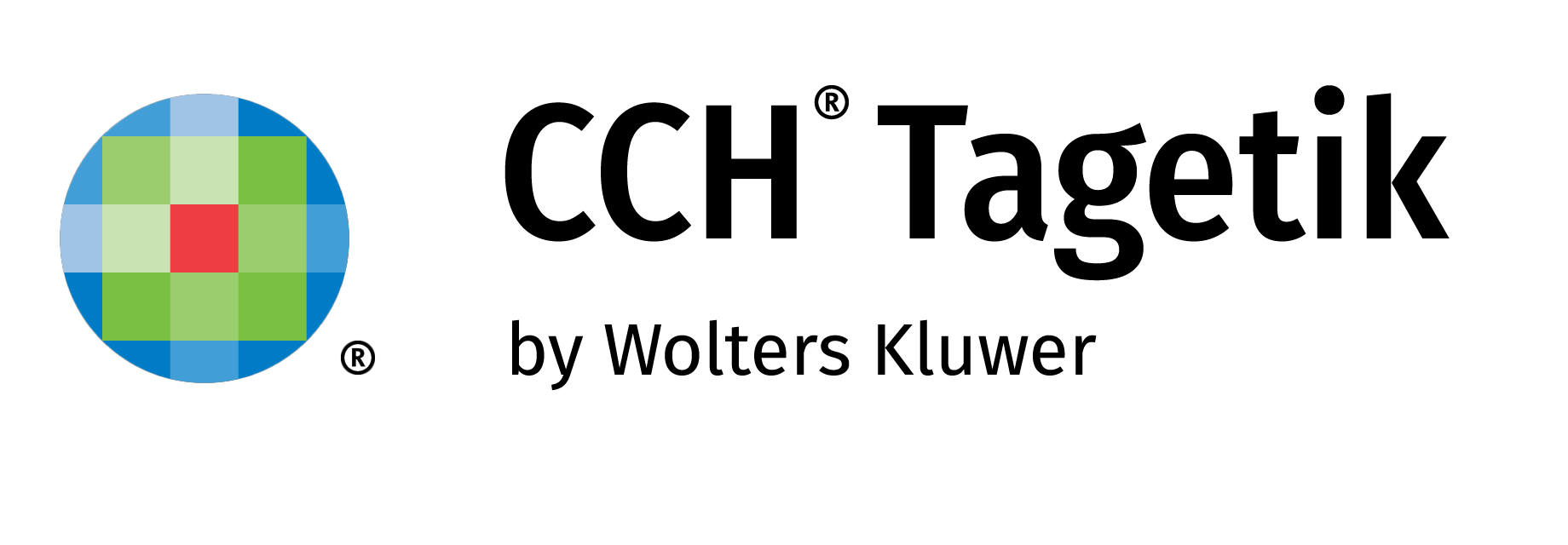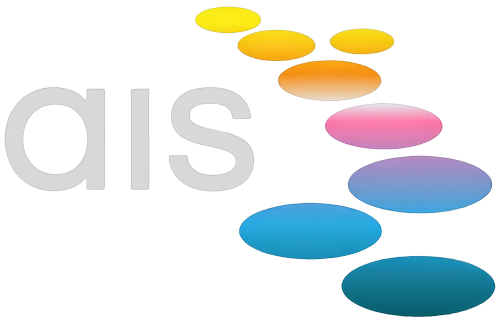Beyond Spreadsheets: Why FP&A Teams Choose CCH Tagetik
Introduction — “Excel Is Brilliant… But It’s Not Immortal”
Excel is the Swiss Army knife of finance — flexible, powerful, and dangerously easy to love. But it wasn’t built to run an end-to-end FP&A process. If your month-end depends on a 70-tab workbook called Budget_V17_FINAL(3)_USETHISONE.xlsx, you’re living on borrowed time.
That’s why so many teams step up to platforms like CCH Tagetik — you keep the agility you like, without the 2 a.m. macro negotiations.
Day-in-the-Life with CCH Tagetik: From “Friday Night Excel” to “Monday Morning Insight”
Spreadsheet world: Thursday you collect “final” templates (spoiler: they aren’t), Friday you reconcile links that mysteriously changed themselves, and Monday you explain why two versions disagree while a macro takes a personal day. In CCH Tagetik: actuals load on time, workflow shows who’s late, and exceptions flag themselves before your first coffee. Monday becomes, “Margins dipped in EMEA on freight and mix — here are three options,” instead of “Who touched this cell?”
The Spreadsheet Comfort Zone (and Its Hidden Costs)
It feels productive: departments email “final” numbers, finance stitches them together, a formula breaks, a macro sulks, and a last-minute fix lands five minutes before the pack is due. The cost? Time lost to reconciliation, higher error risk from manual edits, trust drained by “my numbers vs your numbers,” and forecasts that age out before you present them. Vintage is great for wine, not outlooks.
Why CCH Tagetik Changes the Game for FP&A
CCH Tagetik isn’t “Excel in the cloud.” It’s an integrated planning platform with one data model, shared drivers, built-in workflow, and end-to-end governance. You see how price, volume, headcount, FX, and supply chain ripple across P&L, balance sheet, and cash — in minutes, not weeks.
| Area | Spreadsheet-Led | CCH Tagetik Platform |
|---|---|---|
| Data | Files everywhere; manual loads | Single model; automated feeds |
| Forecasting | Static; rebuild for every change | Rolling; driver-based & instant |
| Scenario Modelling | Limited; fragile links | Multi-scenario; P&L/BS/Cash ripple |
| Governance | Version chaos; minimal audit | Workflow, roles, audit trail |
| Collaboration | Email loops; rekeying | Concurrent inputs; approvals |
| Speed to Insight | Slow; reactive | Fast; proactive |
Translation: fewer tabs, clearer trade-offs, happier meetings. CCH Tagetik handles the plumbing so FP&A can focus on decisions.
Collaboration Without the Chaos in CCH Tagetik
Emailing templates creates version sprawl and politics over “who owns the number.” In CCH Tagetik, contributors work in their own views with role-based access. Workflow shows who’s late, who’s reviewing, and what’s approved. Finance stops rekeying and starts facilitating decisions (and your inbox retires from document management).
Practically: Sales updates price and volume; Ops tweaks freight and capacity; Finance validates P&L/BS/Cash impact — all in one place, with an audit trail. No duplicate effort, no “final_final_v7” attachments, no “latest version?” chats.
Stakeholder Talk Tracks for CCH Tagetik
- CFO: “Same-day visibility of forecast changes with P&L/BS/Cash side-by-side. We’ll publish cycle time and accuracy monthly.”
- Sales: “You own the volume & price drivers; finance translates them — exactly as entered.”
- Operations: “We’ll surface freight, yield, capacity drivers; you’ll see how they hit margin and cash this month, not next quarter.”
- IT: “One integration set (GL/ERP/CRM/HRIS), one security model, audit out-of-the-box. Goodbye fragile macros.”
Common Objections — and Crisp Responses
- “Excel is faster for me.” Keep Excel for ad-hoc and prototypes. Use the platform as the system of record to prevent version chaos and automate the drudge work.
- “We’ll lose flexibility.” You gain it. Drivers + scenarios make change cheap — controlled flexibility beats hidden links (and midnight fixes).
- “This will take a year.” Not the MVP. GL + FX + a P&L rolling forecast can go live in 30–45 days; iterate from there.
- “People won’t adopt it.” Give ownership: Sales owns price/volume, Ops owns capacity/freight. The model shows inputs verbatim — no translation errors.
30–60–90 Day CCH Tagetik Rollout
A sensible path to value without boiling the ocean (a polite simmer will do):
| Phase | Focus | Key Actions | Outcome |
|---|---|---|---|
| Days 1–30 | Stabilise | Integrate GL & FX; central assumptions; P&L rolling forecast pilot in CCH Tagetik | Single source for actuals; first live forecast |
| Days 31–60 | Extend | Turn on workflow; publish RACI; add best/base/downside scenarios | Accountability & faster scenario turnaround |
| Days 61–90 | Integrate | Add BS & Cash; multi-scenario exec views; monthly accuracy tracking | P&L/BS/Cash in one place; measured improvement |
Data & Controls Checklist (Start Here, Not Everywhere)
Phase 1 integrations: GL actuals, FX rates, cost centres, product hierarchy, HR headcount.
Phase 2 integrations: Orders/Billings (CRM/ERP), inventory & freight, capex pipeline.
Controls: Workflow, role-based security, version locking, audit trail, assumption change log (CCTV for numbers — friendlier, though).
Result: fewer “who changed this?” hunts, faster audit queries, and cleaner hand-offs between FP&A, Accounting, and Operations.
Real-World Moments You’ll Recognise
- Late submission? Workflow shows the blocker and ingests figures the moment they land — the model updates itself (no heroic copy-paste).
- FX moved overnight? Update the central rate table once; everything cascades. Goodbye sheet-chasing.
- Global time zones? One live version for everyone; no telepathy required.
- Surprise audit? Retrieve last year’s Q2 assumptions in seconds via the audit trail. Less drama, more data.
Metric That Matters
“Companies using integrated FP&A platforms report faster budgeting cycles and materially better forecast accuracy.”
Translation: the sooner you shift, the sooner you win back time and credibility (and maybe your weekends).
The Next Episode is available --> click through to FP&A Playbook: 3 Rolling Forecasts

